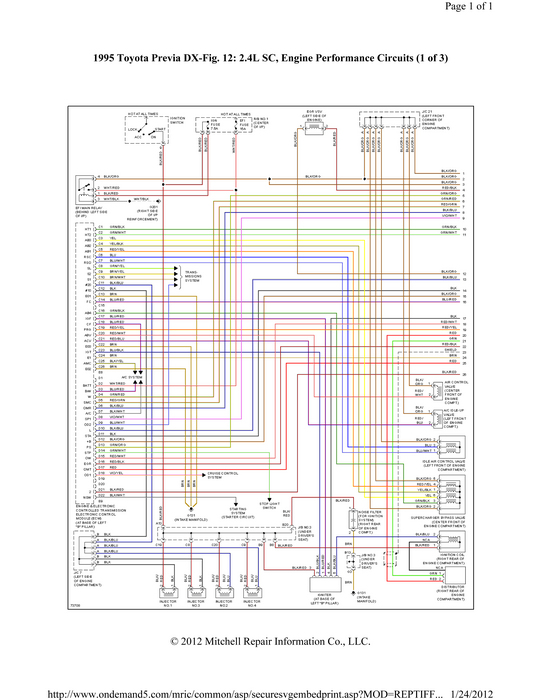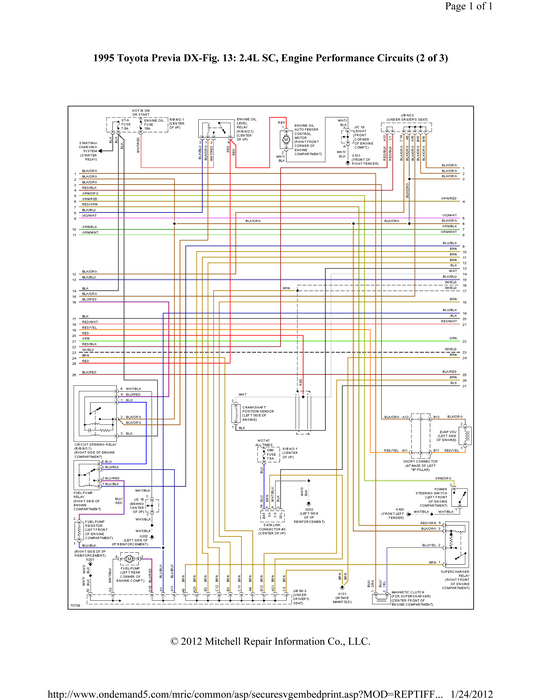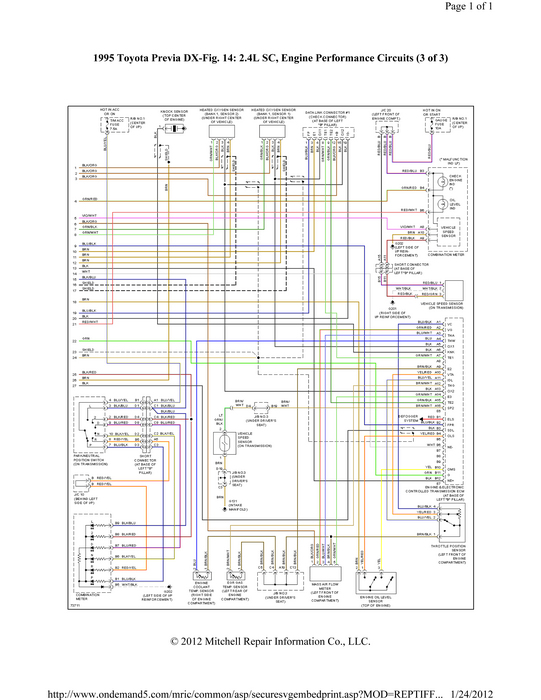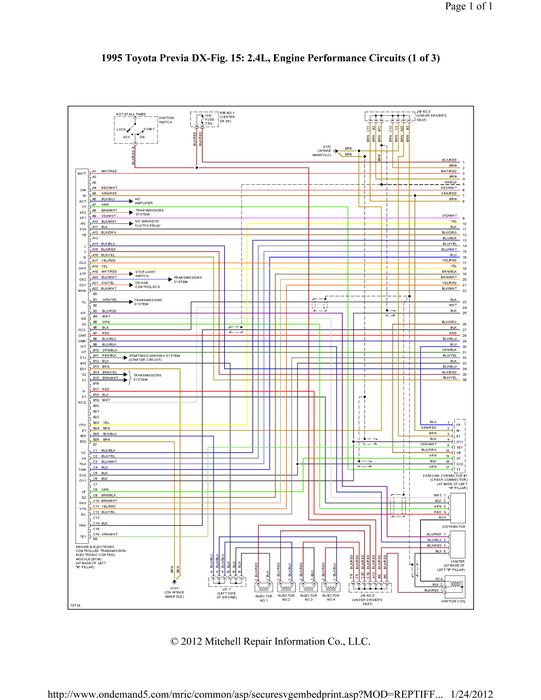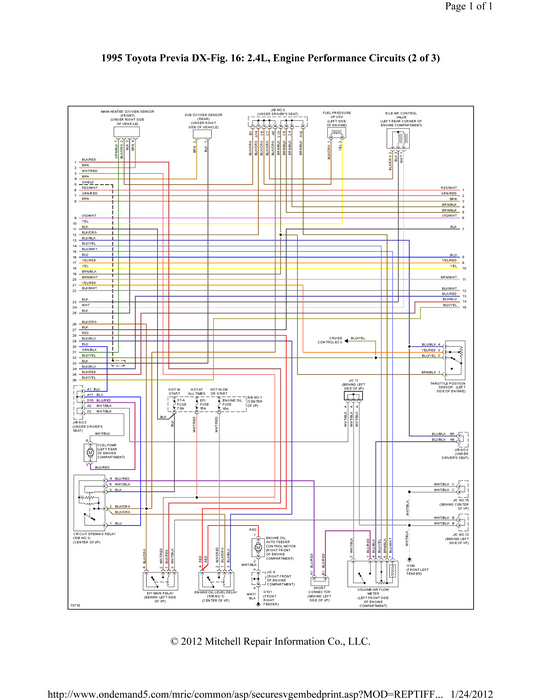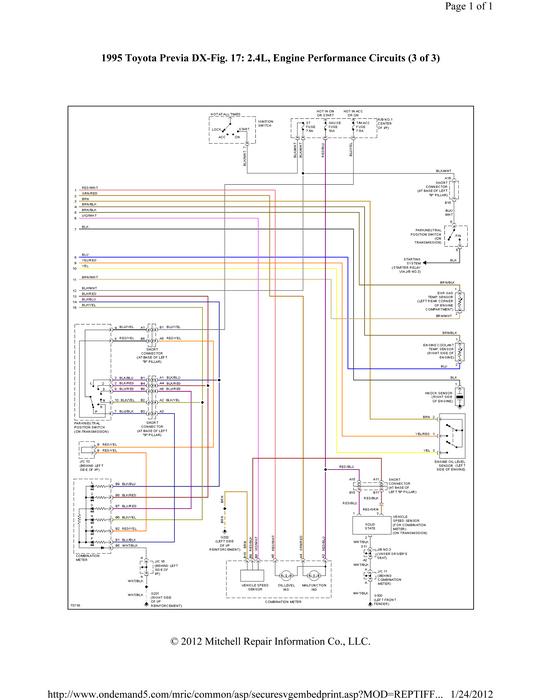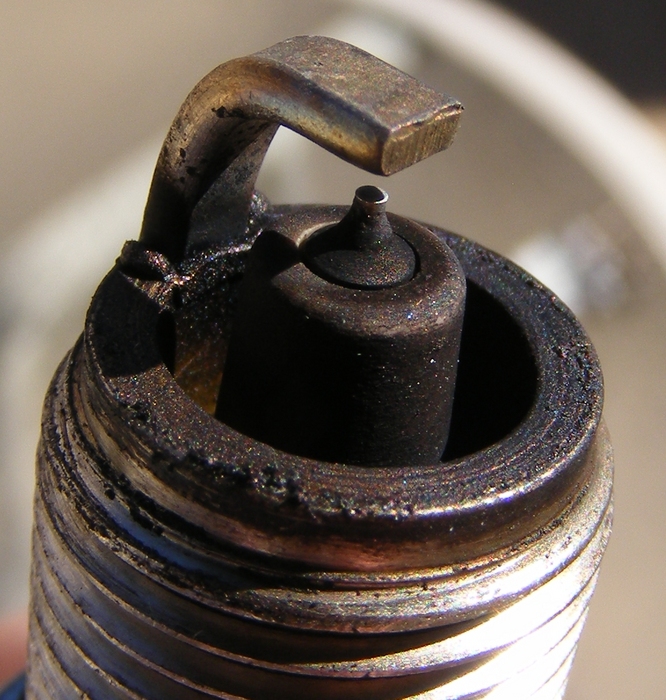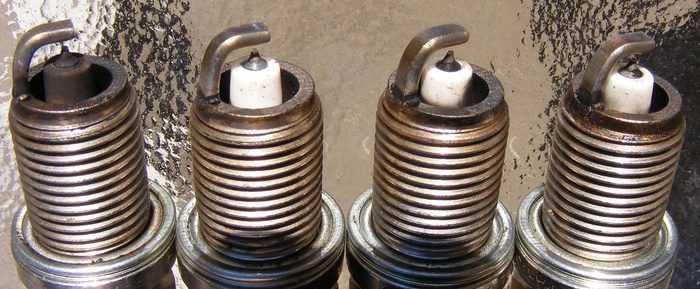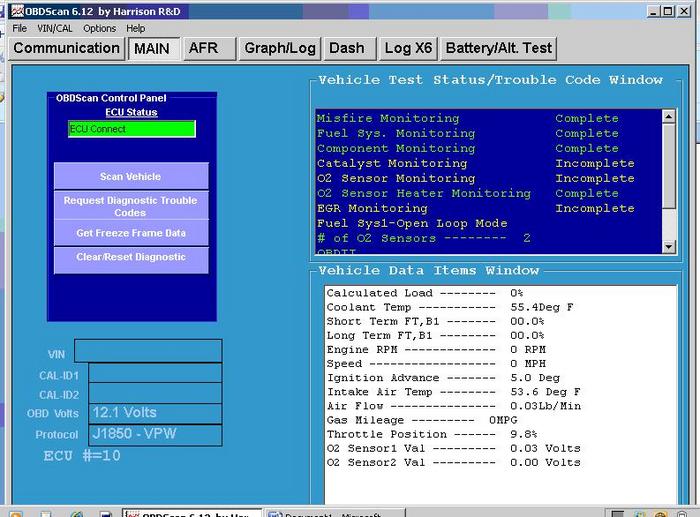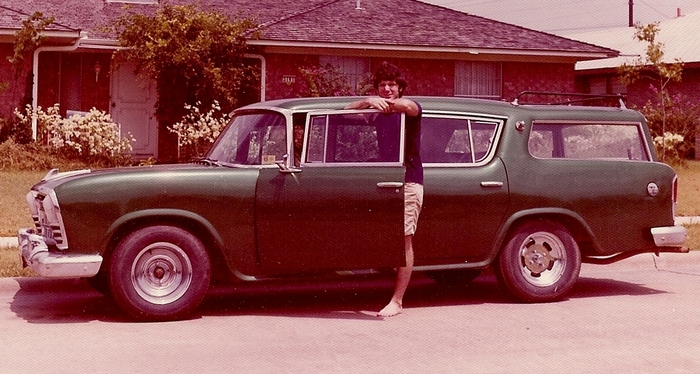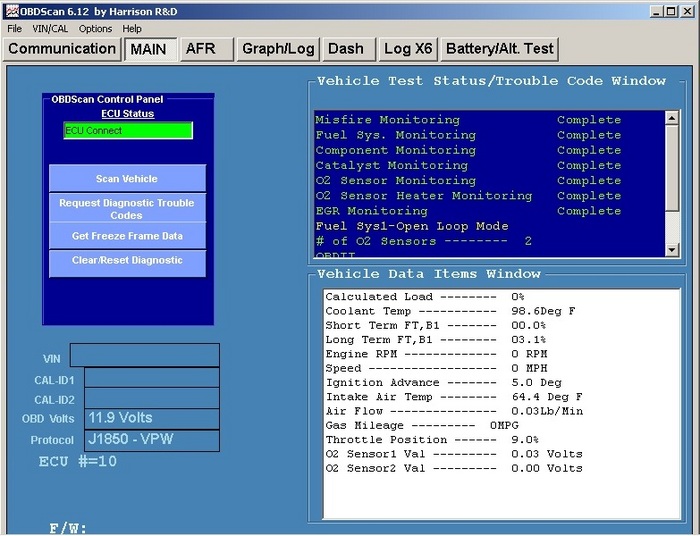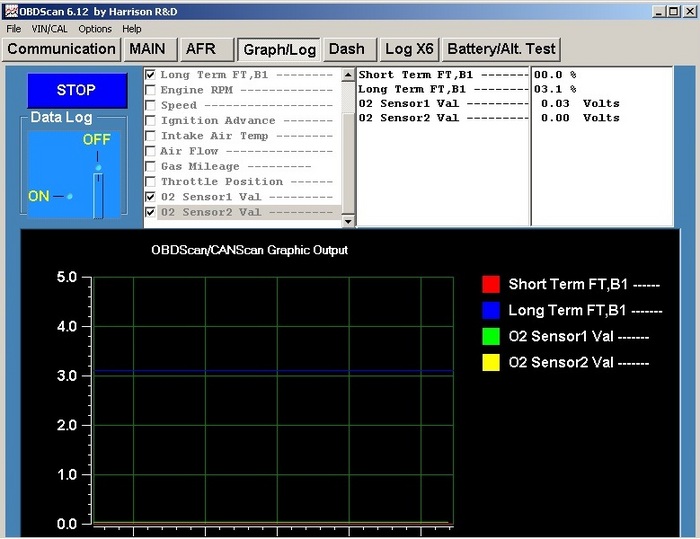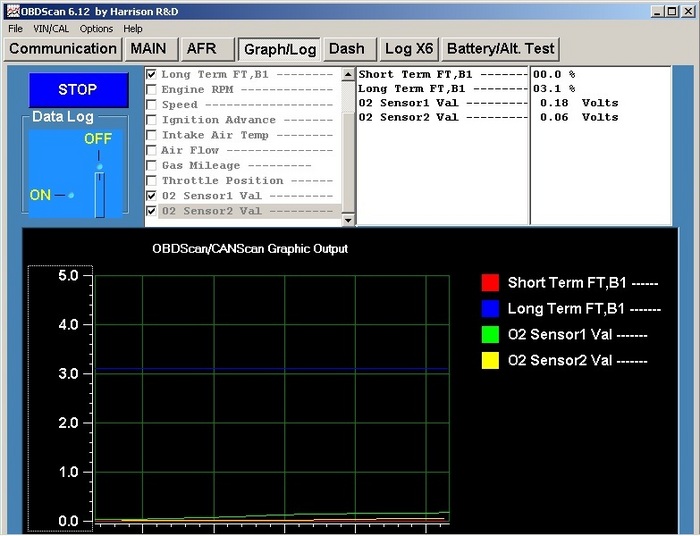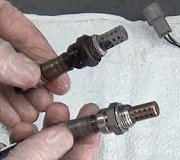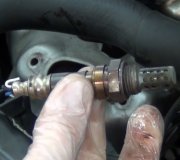The engine idles very rough and the rough running continues into low throttle condition. The OX1 sensor (and OX2) is reading lean (0 - 0.05 volt typical continuous). It never indicates rich condition. Initially the P0171 showed up on a trip and the engine was not idling particularly bad yet. P0171 is set when the fuel trims are driven to their max values (computer trying to enrich perceived lean condition). MIL codes that I have been receiving include lean mixture P0171 and cylinder misfire P0300, 303, 304. After replacing the OX sensor and checking its wiring, I began testing, replacing and swapping things with known good components. I only use genuine toyota parts.
All fuses were checked and are good, battery is new and good.
Fuel filter replaced with new, no change.
Fuel pressure checked and is spec.
Fuel injectors replaced with new, no change.
Spark plugs replaced with new, no change.
Valve clearance checked and is spec.
Coolant temp sensor reads ~186 F when engine is warm (Is this warm enough for closed loop fuel control?)
Since I believed the OX sensor readings, I was falsely chasing a lean condition. I can easily look at a real time plot of the ox sensors and fuel trims thru the OBDII port with software that I have and compare this with my “good” 96 previa readings. When I reset the codes and the ECU, the ECU resets fuel trims to zero. Could not then get into closed loop fuel control and the engine began running rougher.
Swapped out ECU with two other known good computers, no change.
Cleaned the MAF sensor, no change.
Swapped out the MAF sensor with known good one, no change.
Cleaned and checked operation of the throttle body, ISC valve and TPS, and adjusted to spec, no change.
Swapped the throttle body/ISC/TPS with known good, no change.
Replaced distributor cap, rotor, spark plug wires with new, no change.
Checked distributor condition (was replaced new ~30k miles ago), no problems found.
Looked extensively for vacuum leak with none found.
Removed and checked intercooler for leaks, none found.
Suspecting the new OX sensor of also being bad, replaced it with another brand new sensor, no change.
Rechecked the OX1 sensor wire from the connector on the ECU (E6 pin5) to the sensor plug pin 3 and to the pin 4 on the D5 data link connector, good continuity, no shorts to ground.
Rechecked the OX1 sensor ground wiring from the sensor pin 4 to vehicle ground, all good.
Load tested the OX1 heater sensor wiring from ground to the ECU connector, all good.
Placing the vehicle in gear on jacks, I somehow managed to get the ECU to go into closed loop fuel control and both fuel trims marched up to their maximum values with the OX sensors continuing to measure constant lean condition.
The catalytic converters and the exhaust gas seemed very hot, so on a hunch, I disconnected the ISC connector and powered the ISC valve closed by directly connecting +12v to the ISC valve +B pin 2 and grounding the RSC pin 3, the engine immediately died from the rough idle. This indicated to me that there was no air leak, otherwise the engine would have sped up from the improved air fuel ratio. I confirmed that the engine was running very rich by opening the ISC valve (connecting +12v to the ISC valve +B pin 2 and grounding the RSO pin 1). The engine immediately sped up and began running smoothly at a high idle speed. The rich mixture was also confirmed by placing a cotton rag over the exhaust pipe during rough idle for 5 seconds and the hot exhaust gas (very hot from the extra gasoline delivered to the catalytic converters) ignited the rag.
I suspected bad gasoline may have poisoned the OX sensor, so drained and refilled tank with fresh gas, no change.
Verified the OX1 sensor is operating correctly by removing it from the 95 previa (where it always reads lean) and installing it in my 96 previa where it operates correctly (cycling rich – lean – rich – lean with the ECU controlling the fuel trim as it is supposed to).
Replaced the OX2 sensor for good measure, no change.
I can’t help but think that if I had an internal wiring diagram of the ECU that maybe I could find an errant supply or ground path related to the OX sensors.
Is there any condition that disables the ECU operation of the OX sensor drive circuits?
I am stumped! Any ideas on what to check next?
SPONSORED LINKS
Tuesday, January 24th, 2012 AT 10:14 PM
